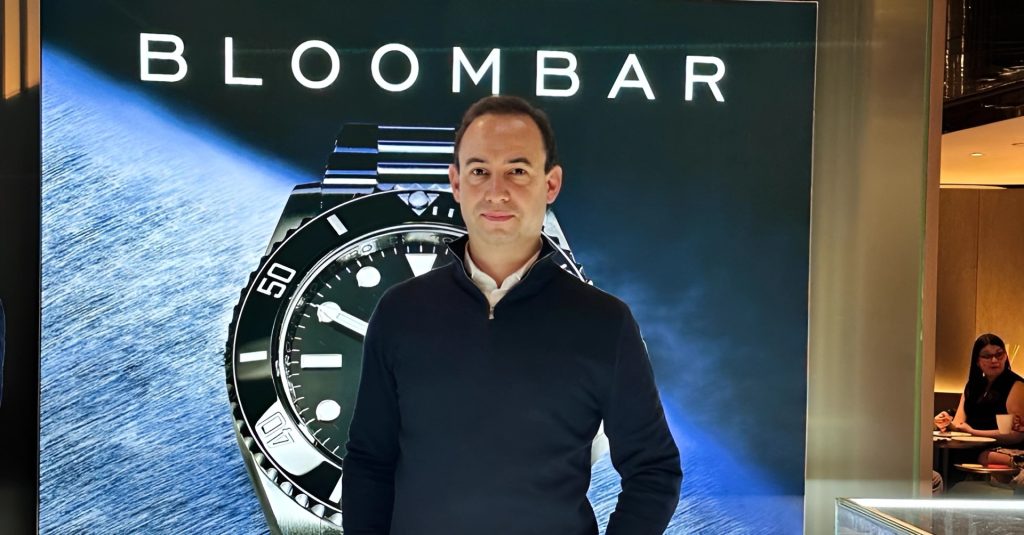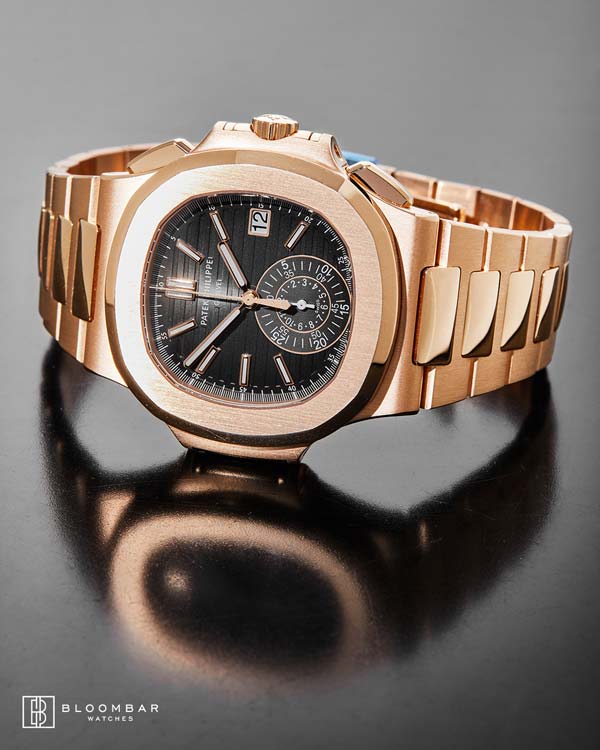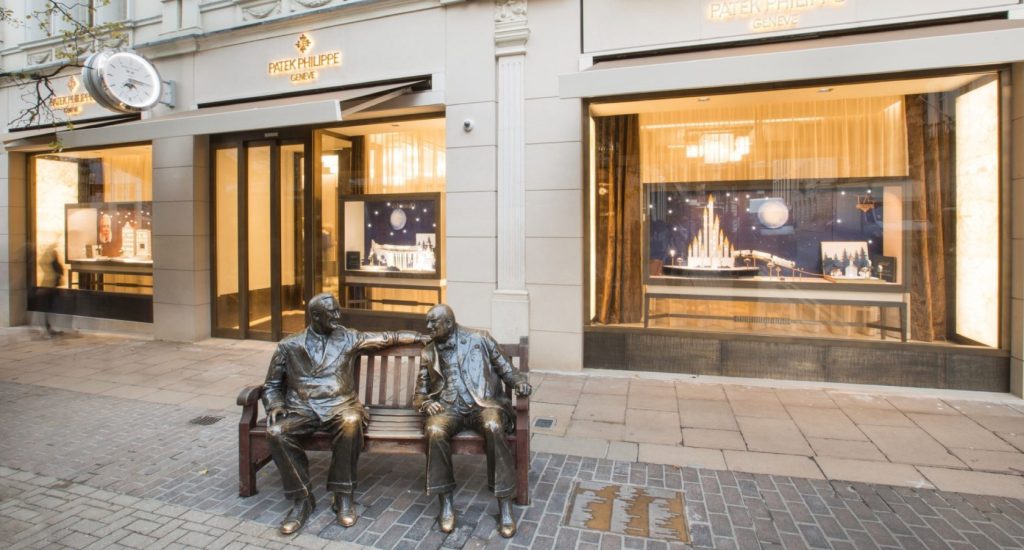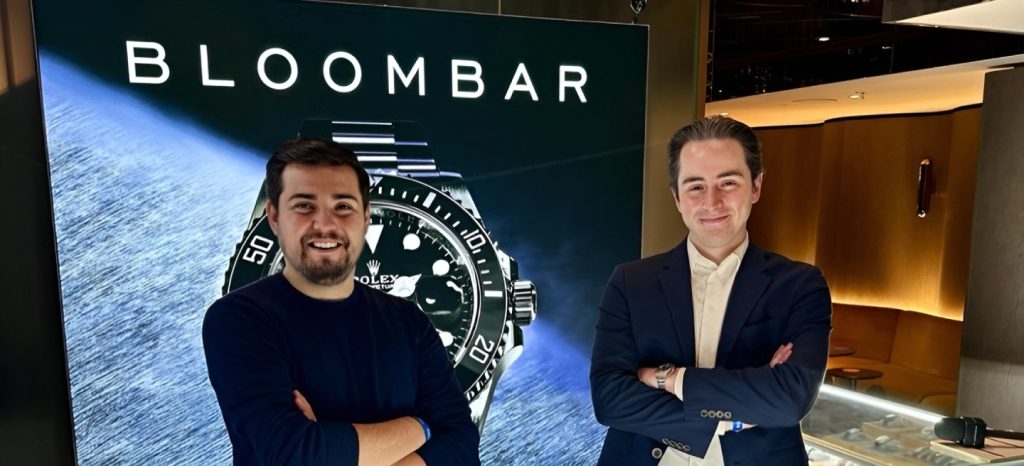
Eddie Bloom, owner of Bloombar Watches in London, argues the current sky high prices for unicorn watches is here to stay because they can be loved and enjoyed as they hold or increase their value.
Specialising in the purchase and sale of “premium waiting list watches” means we’re frequently faced with the same question… “For how long can prices of hard to get Rolex, AP and Patek Philippe keep rising?”
—Mr Bloom writes.
The starting point for this topic has to be why prices have risen so much in the first place.
Hard to get pieces from the three most sought after watch producers have always performed well, but nothing like at the rate we have seen in the past eighteen months.
Covid 19 left us sitting around at home with nothing to do for months as it hit the UK in the second quarter of last year, very little to spend our money on, and nowhere to go.
Watch houses such as Rolex, Patek Philippe and Audemars Piguet were left with no choice but to close their factories, stores and authorised retailers for long periods of time, leaving waiting lists so long that they’ve basically been reset, and the hard to get pieces are now only reserved for the best clients who spend the most and who are least likely to flip their new watch for a handsome profit.
Rolex may produce in the region of one million watches a year, but what percentage of these are the most desirable steel sports models such as the Daytona, GMT and Submariner?
We would assume fewer than 100,000 per year.
The majority of the most desirable models are purchased by true enthusiasts who actually want to wear and enjoy their watch, which leaves a very small percentage that are purchased purely to flip for a profit.
With very little supply, and an ever increasing demand from buyers who historically had no interest in watches at all, but are now just jumping on the investment band wagon, we are in a position where everything has a waiting list and nothing is obtainable without paying a significant grey market premium.
It’s not just individuals who are investing.
We’re selling more and more watches to companies offering fractional ownership in a Nautilus, Royal Oak or Daytona.
They are quoting returns to their investors in the region of 3-4% a year and are desperate to get their hands on the very best pieces for investment.
Patek Philippe and Audemars Piguet are now so worried about a watch being flipped that buyers are being warned in store that if they so much as advertise their watch for sale, they will never be sold another watch.
Patek and Rolex dealers are actively posing as potential purchasers to try to find out who the flipper culprits are, and this is causing fewer and fewer buyers to risk flipping for a profit, leading to the most desirable and unobtainable pieces only being resold for enormous prices.
Whilst it’s unfortunately true that many people have suffered financially during the pandemic, there have also been a swathe of individuals who have benefitted greatly.
Many of our clients who would usually have spent somewhere in the region of £20,000+ a year on luxury holidays, £30,000+ on private school fees and even more on day to day living saw their expenses slashed, holidays cancelled and private schools charging 50% of their usual fees for Zoom classes.
With their bank accounts safely in the black, no desire to upgrade their car having nowhere to go and full wages still coming in, where did this fortunate pool of investors choose to place their money? Property? Art? Wine? Vintage Cars? Or…. Watches?
In the UK, a second home or rental investment was the go to for the savvy investor, but inflated stamp duty for the purchase of second homes and the inability to offset mortgage interest against your profits has nearly killed the buy to let market, leaving a number of investors seeking alternative investment pastures for their cash.
Art has been a favoured investment for the rich for hundreds of years, but art doesn’t appeal to everyone.
Investment in art requires a huge amount of expertise and values are heavily affected by current trends and fashions.
Big works of art require big walls and valuable pieces are very expensive to insure.
To a new generation of impulsive investors, art might just seem like too much hard work.
Like watches, wine has performed very well over the past year or so, but is it an alternative investment that you can truly enjoy?
Only if you open it, which is not a great move for its investment potential.
Whilst wine investment has a vast worldwide following, it’s also plagued with forgeries, expensive storage costs and risk of being corked.
Some may say that wine investment is a little too sophisticated for your average investor and like art, requires a lot of expertise to get it right.
Vintage cars can be wonderful things to own, and are generally bought by the same type of clientele who buy watches.
That said, they come with huge costs such as storage, insurance and maintenance.
Couple that with limited opportunities to drive them and it makes cars a tricky investment to truly enjoy all year round.
This smoothly brings us onto the topic of enjoyment.
In a time where most of us can genuinely say we have enjoyed very little over the last year or so, what can we buy with our hard earnt money that will bring a smile to our faces, even when working from home?
We’re not for one second implying that material things are the route to happiness, but we watch dealers appreciate the love and passion that can come with watch ownership and the smile that can be generated by glancing down to see your new acquisition on your wrist.
How many alternative assets can you buy that will almost certainly go up in value every single year, are small enough to come with you anywhere in the world no matter what you’re doing, cost next to nothing to insure and maintain and are so hard to get hold of, that just money alone can’t buy them? I certainly can’t think of another one.
Furthermore, an investment is only an investment if it can be sold, and what makes certain investments better than others, is how easy they are to sell.
I have been both fortunate and unfortunate enough to have owned and sold a number of blue chip vintage cars, but let’s be clear about one thing. If you need to sell a vintage car, quickly, the vultures appear, and before you know it, you’ve given away your prized possession for a fraction of what you thought it was worth.
With modern watches from the big three investment brands, a watch is a watch.
It’s not left hand drive or right hand drive. It’s not more popular in certain countries than others. It can be sold anywhere in the world, for almost a fixed market price, very similar to gold bullion, and the market is HUGE.
Watches can be purchased by anyone, from any background, with little or lots of knowledge about them.
They are the status symbol of status symbols, and demand is now so high, that even a Rolex Oyster Perpetual has a waiting list.
Manage to get hold of one in the right colour, and you can see your investment rise by up to 125% on the day you get your hands on it.
I walked down Regent Street and Bond Street last weekend and peered into the windows of four Rolex retailers on my travels, none of whom had one stainless steel watch in any of their windows.
Some say there’s a crash coming and prices can’t keep rising. We beg to differ. The watch is the king of the alternative investment, and it’s here to stay.


